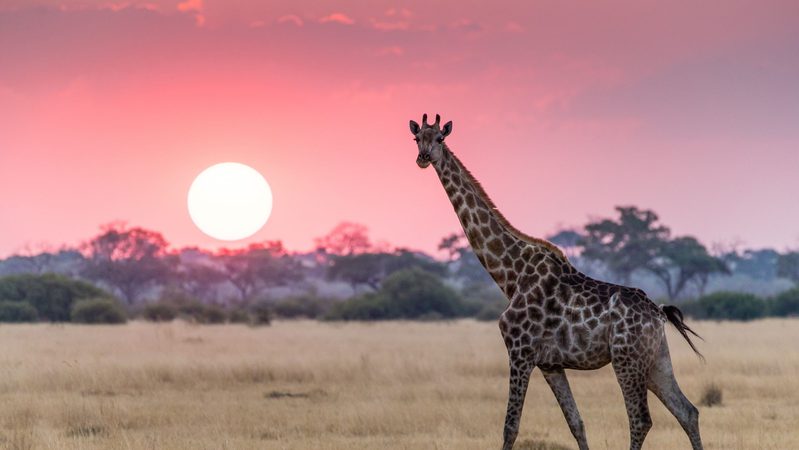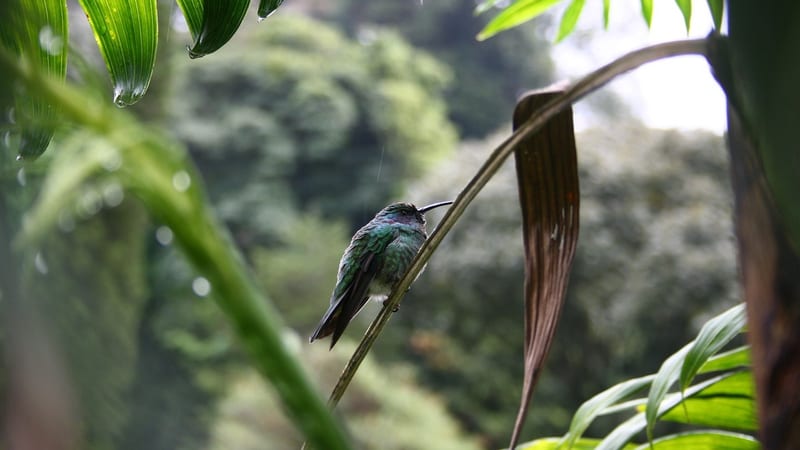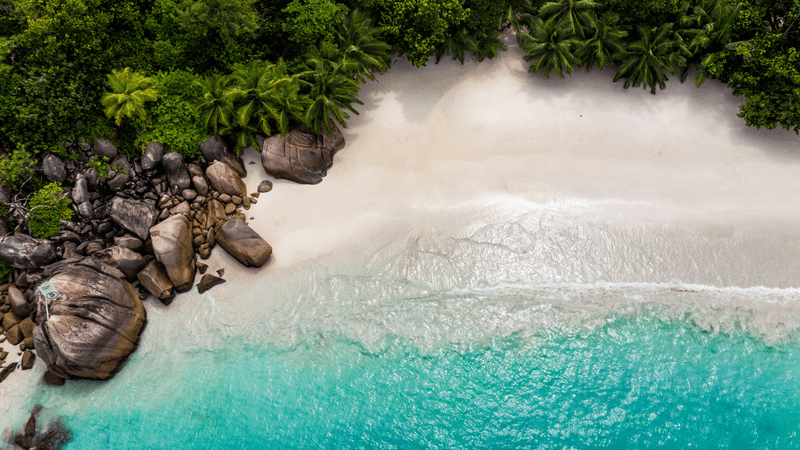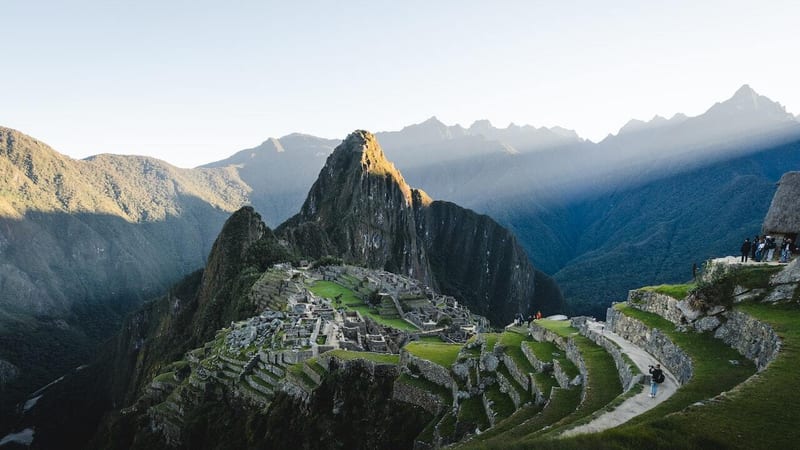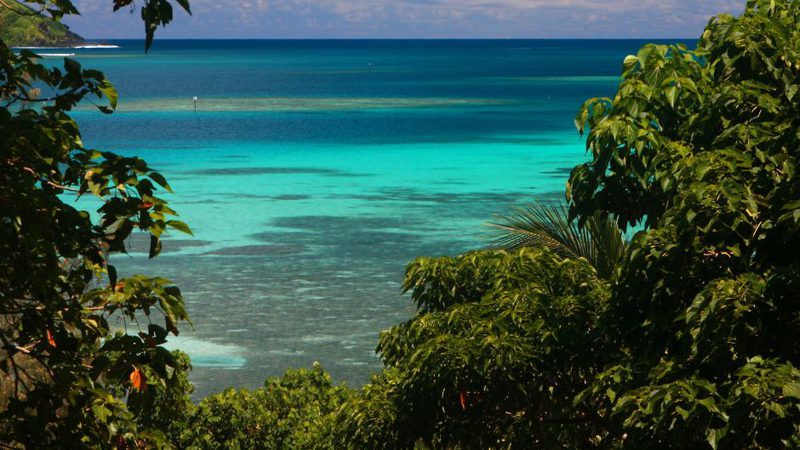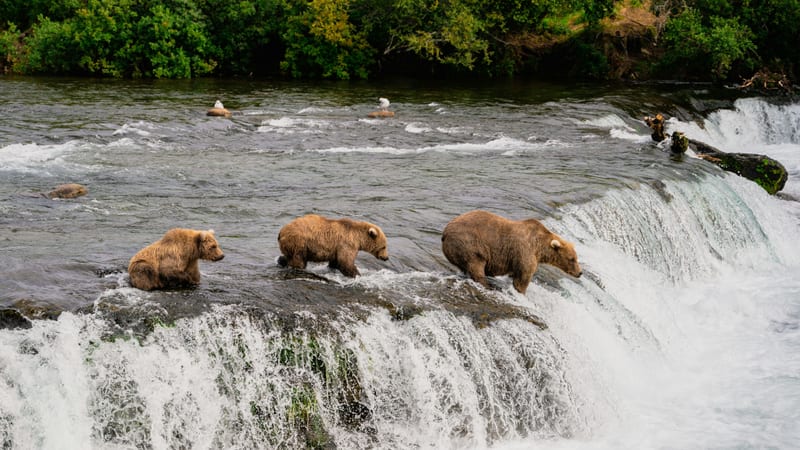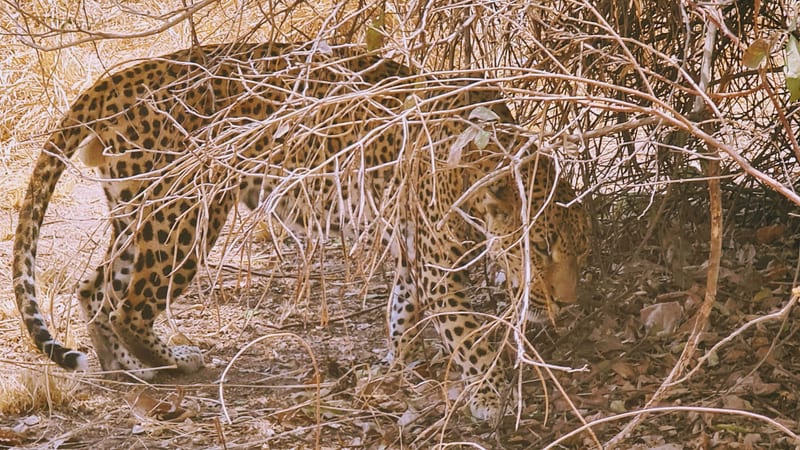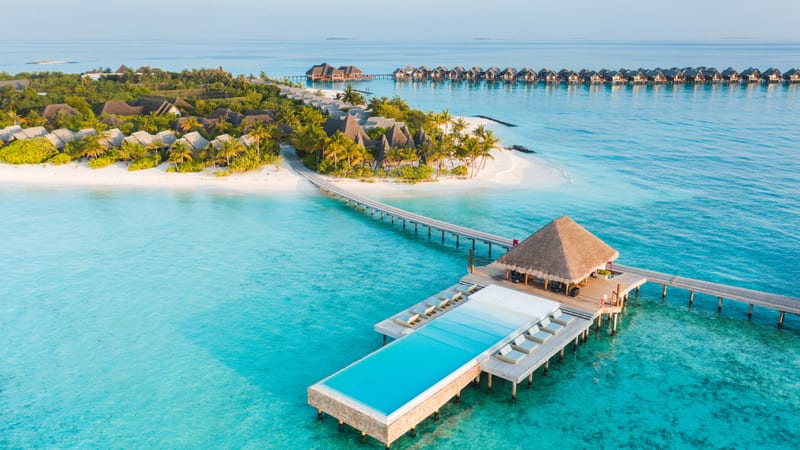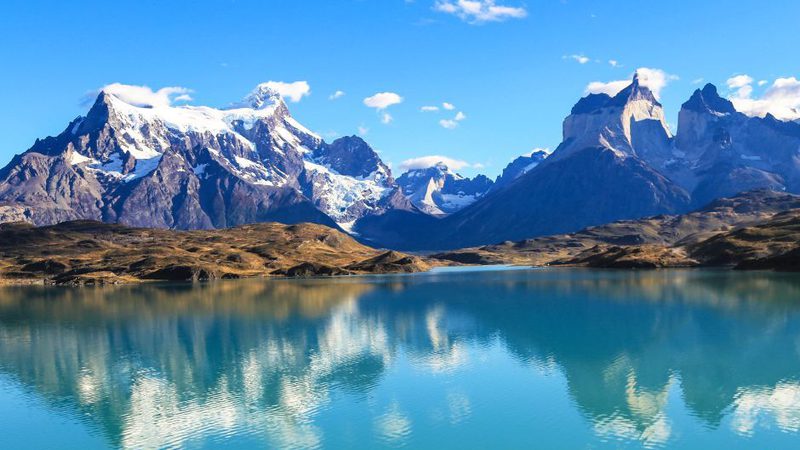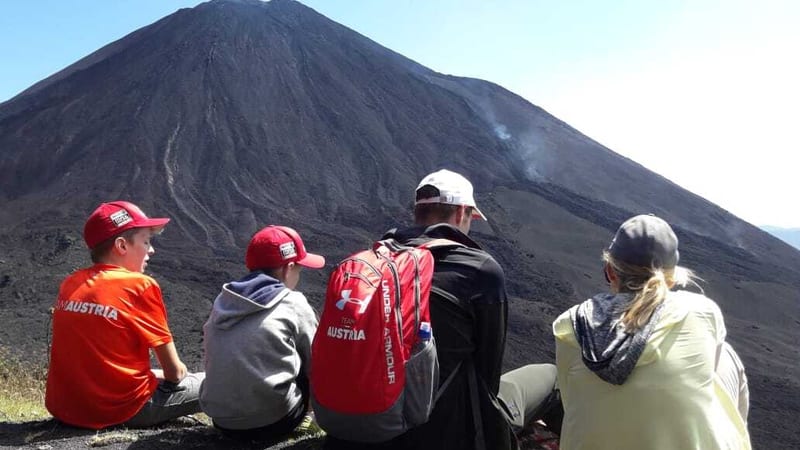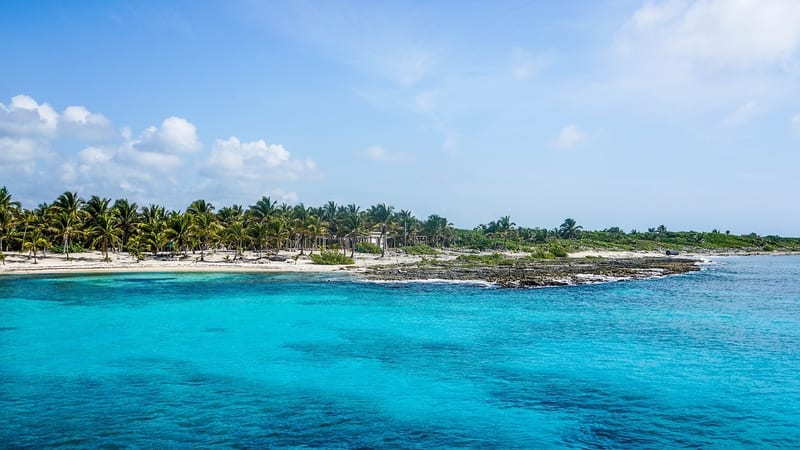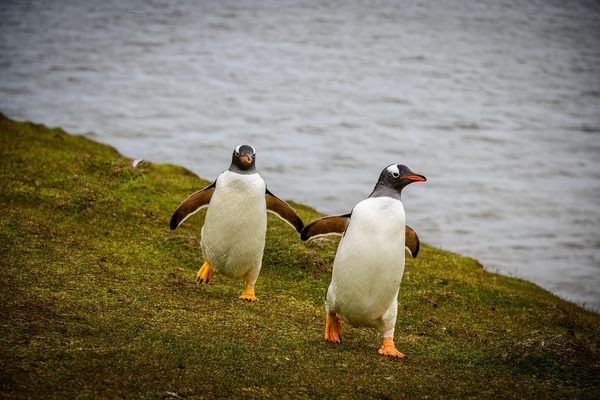Discover Antarctica's stunning landscapes and fascinating wildlife on unforgettable expeditions
Prepare to be awe-struck as you set foot on a journey of a lifetime, sailing through ice-choked waters and encountering unique wildlife in their natural habitats.
Our meticulously crafted expeditions offer you an unparalleled chance to explore the world's most remote and untouched destinations. Traverse the icy wonderland of Antarctica, where towering glaciers and crystalline icebergs create an ethereal panorama. Immerse yourself in the diverse ecosystems of the Antarctic Peninsula, the Falkland Islands, and the South Georgia islands - home to vibrant flora, inquisitive penguins, and majestic albatrosses.
Find solace in our modern vessels, a cozy haven amid frozen landscapes. Delight in gourmet cuisine, unwind in well-appointed suites and savor panoramic views from observation lounges.
Our team of seasoned experts will enrich your journey with their profound knowledge. Join them on insightful lectures and shore excursions, gaining a deeper understanding of the region's ecology, history, and conservation efforts.
We are committed to preserving the pristine beauty of these fragile environments. Our cruises follow eco-friendly practices, ensuring minimal impact on the delicate ecosystems we visit.
Whether you're an intrepid explorer seeking adventure or a nature enthusiast yearning for polar tranquility, our cruises promise an experience beyond imagination.
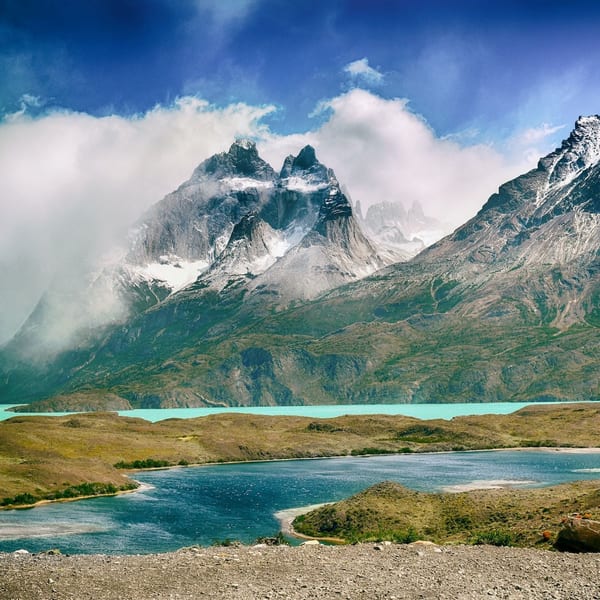
Antarctica Flying Cruise and Patagonia Highlights
- Santiago
- Torres del Paine
- Antarctica
- Maipo Valley
Start your adventure in Chilean Patagonia
Antarctica Trip Inspiration
When to go to Antarctica
Find out the best time to visit Antarctica with our month-by-month guide.
- Best
- Good
- Mixed
- Jan
- Feb
- Mar
- Apr
- May
- Jun
- Jul
- Aug
- Sep
- Oct
- Nov
- Dec
January
Peak season with near 24-hour daylight. Spot adorable fluffy penguin chicks and explore remote huts used by explorers in the Ross Sea.
February
Best time for whale watching, including humpback, sperm, and orca whales. Penguins and fur seals remain abundant, and cruises venture beyond the Polar Circle.
March
As the season winds down, fewer ships visit. Great for whale spotting and witnessing fur seals on the Antarctic Peninsula.
April
Cruise ships are absent during the winter, with extreme temperatures and darkness dominating the region. Only scientists and film crews stay.
May
Cruise ships are absent during the winter, with extreme temperatures and darkness dominating the region. Only scientists and film crews stay.
June
Cruise ships are absent during the winter, with extreme temperatures and darkness dominating the region. Only scientists and film crews stay.
July
Cruise ships are absent during the winter, with extreme temperatures and darkness dominating the region. Only scientists and film crews stay.
August
Cruise ships are absent during the winter, with extreme temperatures and darkness dominating the region. Only scientists and film crews stay.
September
Cruise ships are absent during the winter, with extreme temperatures and darkness dominating the region. Only scientists and film crews stay.
October
Few cruises visit this early, but it offers lower fares, pristine landscapes, and the potential for great photography. Look for penguins and seals on icebergs.
November
The Antarctica season begins, and you can witness hatching penguin chicks. Combining with South Georgia allows viewing elephant seal courting and penguin mating. Spring flowers bloom on subantarctic islands, and seabirds soar over the Drake Passage.
December
Arguably the best time with warmer temperatures, long daylight, and active wildlife. However, it's the most expensive period.
Where to go in Antarctica
Top places to visit in Aantarctica
Best places to stay in Antarctica
FAQs About Your Antarctica Holiday
Planning a holiday to Antarctica? Our experts share advice on everything from what to pack, when to go, to tips for families, covering the questions we get asked the most.
When is the best time to visit Antarctica?
The Antarctic travel season runs from late October to March. Early in the season (November), landscapes are pristine, with penguin courtship displays. December and January bring long days, warmer conditions, and peak wildlife activity. February and March are best for whale watching. Each period offers something special, depending on your interests.
Is Antarctica a good holiday destination?
Yes, Antarctica is an extraordinary destination. It’s one of the last true wildernesses, with vast icebergs, penguin colonies, whales, and dramatic landscapes. It suits adventurous travellers seeking a once-in-a-lifetime experience. While there are no hotels or towns, expedition cruises make it possible to explore safely and in comfort.
How long should I spend in Antarctica?
Most Antarctic trips last 10–14 days, including travel from South America. A classic Antarctic Peninsula cruise takes about 10–12 days. Longer itineraries of 2–3 weeks may include the Falkland Islands or South Georgia, known for their immense wildlife colonies. The duration depends on how immersive you’d like the experience to be.
How much does a holiday to Antarctica cost?
Antarctica is a premium destination. Expedition cruises typically start from around £8,000 per person for 10–12 days. Luxury vessels, longer routes, or suites can cost upwards of £15,000 per person. Prices include accommodation, guiding, meals, and excursions. Airfares to South America are additional. It’s a significant investment but truly once-in-a-lifetime.
How do I get to Antarctica?
Most visitors fly into Ushuaia in southern Argentina or Punta Arenas in Chile, then board an expedition cruise. Ships cross the Drake Passage to reach the Antarctic Peninsula. Some itineraries include a flight over the Drake to save time. There are no scheduled commercial flights directly to Antarctica itself.
What wildlife can I see in Antarctica?
Antarctica teems with wildlife. You can see penguins (Adélie, Gentoo, Chinstrap, and Emperor on certain voyages), seals, and whales, including humpbacks, minkes, and orcas. Birdlife includes albatrosses and petrels. Encounters are often close, with penguins curious around visitors. Each season brings different highlights, from hatching chicks to migrating whales. See our blog on Animals of Antarctica for more information.
Is Antarctica safe to travel to?
Yes, Antarctica is safe to visit when travelling on an expedition cruise with an experienced operator. Ships and landing procedures follow strict safety and environmental protocols. Conditions can be extreme, but with proper guidance, visitors explore comfortably and safely. The International Association of Antarctica Tour Operators (IAATO) ensures high standards.
Do I need vaccinations for Antarctica?
There are no specific vaccinations required for Antarctica itself. However, as you’ll transit through South America, vaccinations like hepatitis A, typhoid, and diphtheria-tetanus-polio are recommended. Always consult your GP or a travel clinic for the latest guidance before travel.
Read more about Antarctica on our blog
Speak to a Antarctica expert today
and start planning your tailor-made vacation

Amanda
Antarctica Expert

